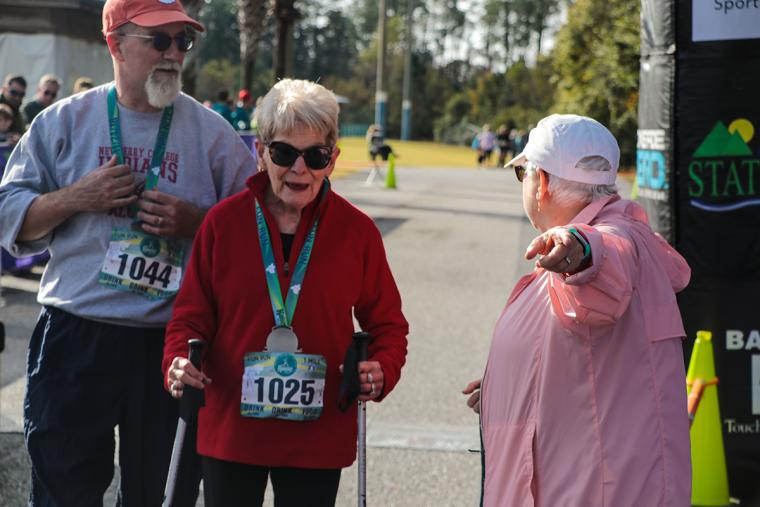
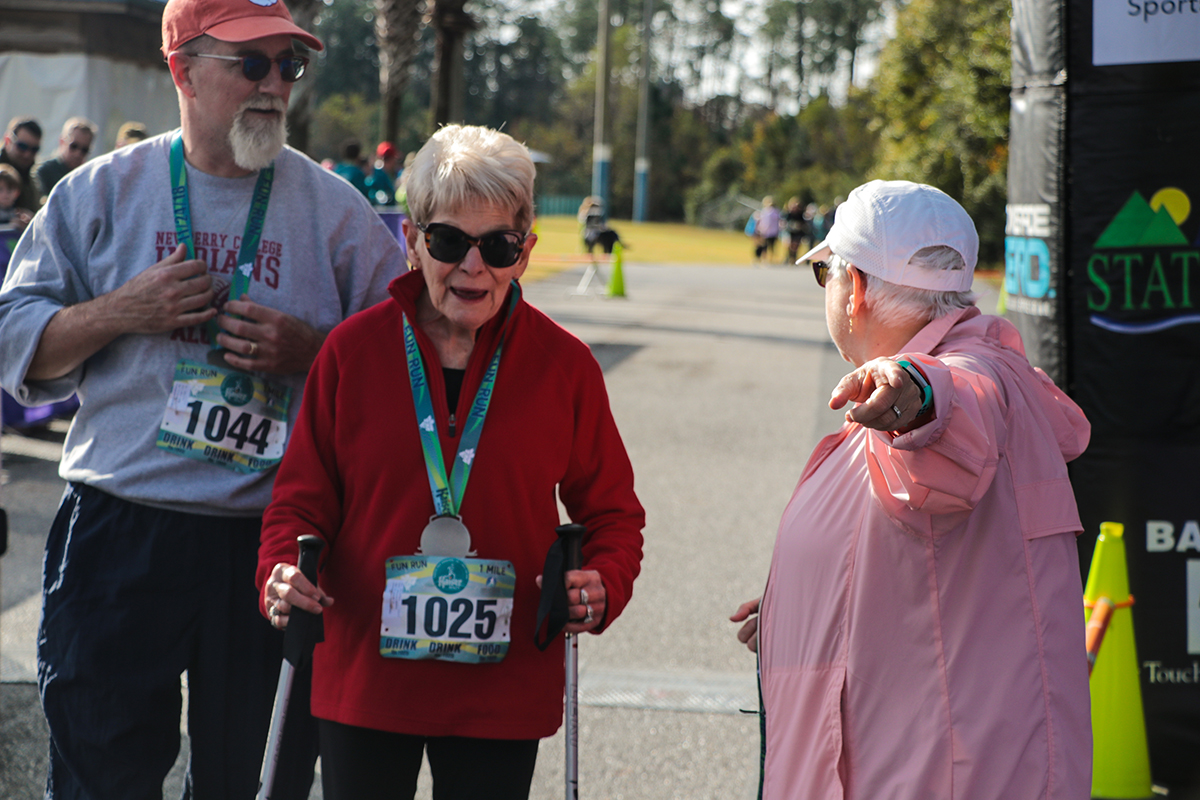
People like to volunteer for a number of reasons. They like giving back to the community and they like being involved. They like the social aspect of meeting others and they like being out and about, as well as being a part of what is going on in their city. But becoming a volunteer – particularly at events like tournaments and championships – also benefits the individual. It teaches and promotes not just responsibility and volunteerism, but it educates individuals in sports tourism and what it takes to run an event. It also creates a sense of pride in, and ownership of, the event and the job being done by the individual.
Our Gulf Shores & Orange Beach Sports Commission Volunteer Incentive Program was developed out of the need to continue to provide great volunteers for several sporting events each year. Through that program, we work with civic groups and contribute $40 per person per four-hour shift worked to an organization.
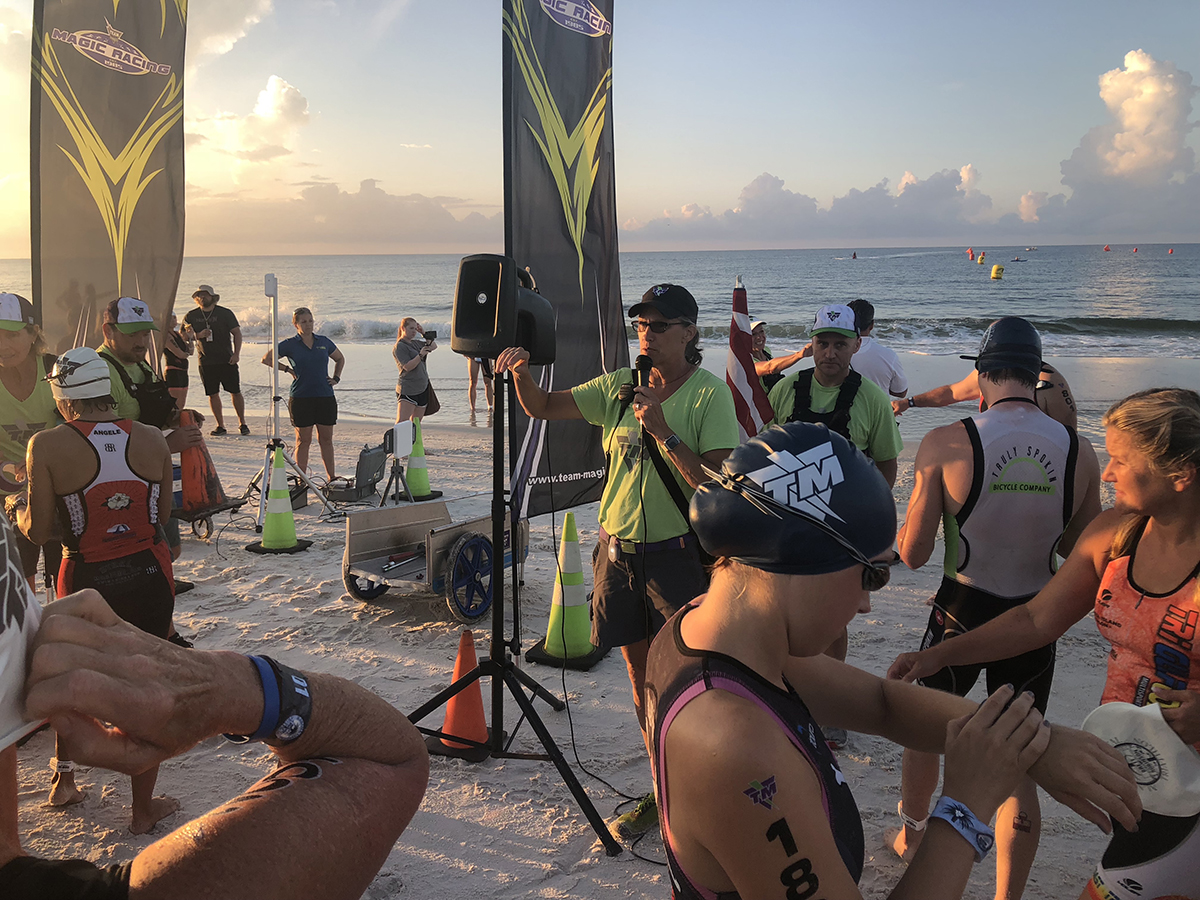 Many of our events require volunteers on site, such as NAIA Outdoor Track & Field National Championships, Alabama Coastal Triathlon and the Coastal Half Marathon. Volunteers can fill a number of roles, from directing people where to park, to acting as course marshals, to helping us stuff welcome bags for event participants. We like to match up the right person with a job they’re able to do – and which matches their interests and abilities, as well as the time they have available.
Many of our events require volunteers on site, such as NAIA Outdoor Track & Field National Championships, Alabama Coastal Triathlon and the Coastal Half Marathon. Volunteers can fill a number of roles, from directing people where to park, to acting as course marshals, to helping us stuff welcome bags for event participants. We like to match up the right person with a job they’re able to do – and which matches their interests and abilities, as well as the time they have available.
The reason we invented our program is simple. The population in Gulf Shores and Orange Beach is approximately 17,000 combined, and the rentable units available in both cities come to just over 17,000 units. With a small pool of people to pull from, we decided to incentivize our volunteers, which also allows us to give back to our community organizations such as the local high school band, sports teams, churches and other civic organizations. Our volunteer program is geared more toward people within the community who want to help put on an event.
We began incorporating the GSOBSC Volunteer Incentive Program in 2016, so we’re in the fourth year now and we can say it has been a true success. Some of the volunteers start to feel like they are not only part of the team, but part of the extended family. It’s really awesome to have repeat volunteers each year as they are familiar with the positions and come prepared to work and enjoy the benefits of volunteerism. (Something we’ve also seen is that the Volunteer Incentive Program builds teamwork within an organization or group that is donating their time.)
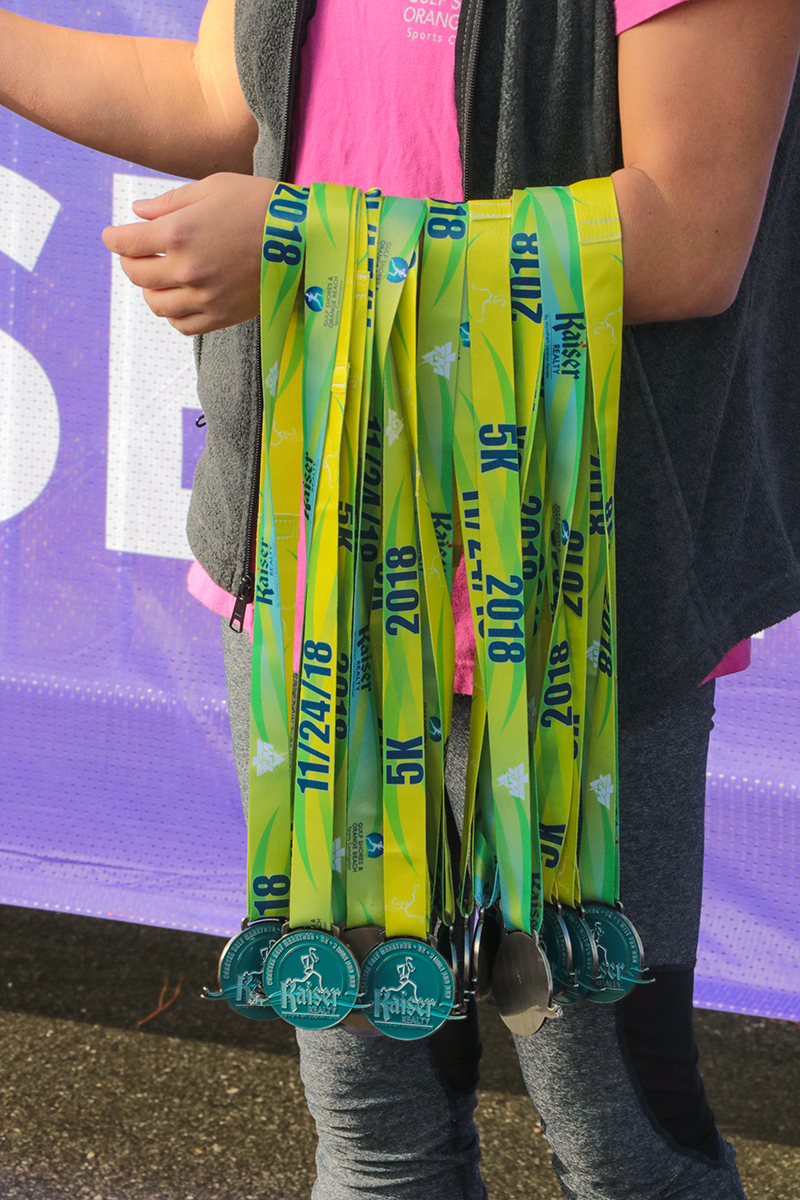 There are, of course, plenty of unexpected benefits to having built up this great group of volunteers. We have formed some great media relationships and they have allowed us to promote the program still further and recruit even more volunteers. And volunteers who look happy and engaged tend to be a great advertisement for the program as a whole, leading new residents to inquire about how they can become involved.
There are, of course, plenty of unexpected benefits to having built up this great group of volunteers. We have formed some great media relationships and they have allowed us to promote the program still further and recruit even more volunteers. And volunteers who look happy and engaged tend to be a great advertisement for the program as a whole, leading new residents to inquire about how they can become involved.
Some organizations come into a sports destination with a pre-existing culture of volunteerism. One example is the National Association of Intercollegiate Athletics (NAIA), whose Outdoor Track & Field National Championships we host. Through its Champions of Character program, NAIA encourages student athletes to connect with the community in which championships are being hosted. Championship hosts choose the task that best fits the student athletes and the needs in the community and then help student athletes take part in those activities.
Here at Gulf Shores & Orange Beach, 2019 was the third year we have participated in the Teaming Up for Character event. Student-athletes for the track & field event worked on a project instituted in 2018 in partnership with Feeding the Gulf Coast’s Backpack Program, donating 1,128 pounds (or 950 meals) to local children.
The program works by having teachers and school counselors work to identify students struggling with chronic hunger who could benefit from the Backpack Program. (Students are those who might not have enough to eat at night or over the weekends.) The food bank is given the number of children in need at the school. The identities of the children are protected, and they remain anonymous to the food bank, donors and their peers. With the help of volunteers, the food bank prepares bags of food for the children. Bags are then placed discreetly in children’s backpacks for them to take home and eat there.
A specific type of food is needed for the Backpack Program – beef ravioli and soups; single-serve microwaveable macaroni and cheese; snack items such as pudding cups, applesauce and fruit snacks; and breakfast items such as single-serve oatmeal and granola bars. NAIA student-athletes assisted with the effort by accepting and sorting those donations into the bags, which were then sent off so that teachers could put them into students’ backpacks.
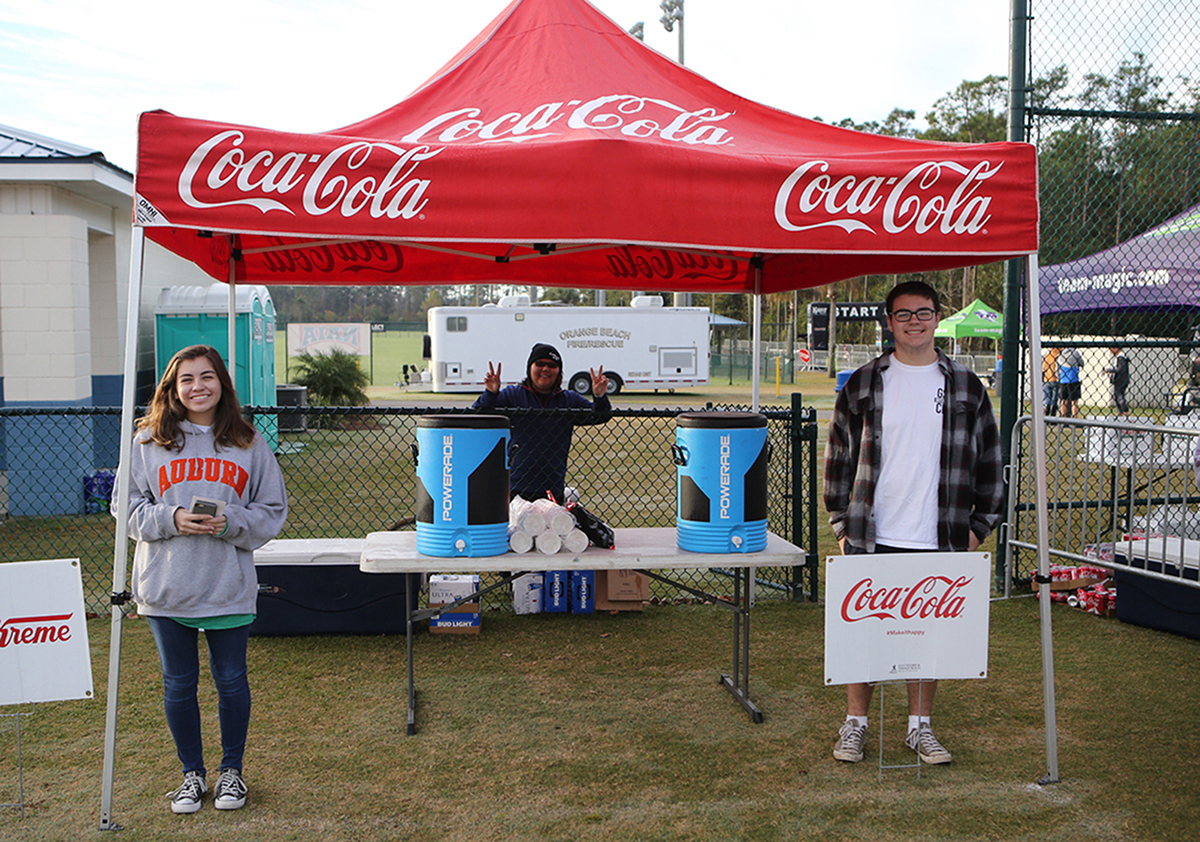 Something we urged was social media buy-in, by adding notes to our call for our donations, such as “Don’t forget to share your donation and collection efforts! Use #NAIATrackCares #GSOBSports.” Additionally, we suggested that schools who were participating in the championships get donations by doing on-campus fundraisers and challenging other sports to participate or working with local companies and/or non-profit organizations to see if they would do a donation match with the school’s team.
Something we urged was social media buy-in, by adding notes to our call for our donations, such as “Don’t forget to share your donation and collection efforts! Use #NAIATrackCares #GSOBSports.” Additionally, we suggested that schools who were participating in the championships get donations by doing on-campus fundraisers and challenging other sports to participate or working with local companies and/or non-profit organizations to see if they would do a donation match with the school’s team.
“The Champions of Character® and Teaming Up for Character Event™ are what set apart NAIA championships from others,” said Katie Green, manager of athletics communications and media for NAIA. “The student-athletes always look forward to it. Last year I got to see the student-athletes pack all of the food that was brought and you could see the pure joy on their faces because they knew they were making a difference in the community.”
Perhaps not all athletes in events will want to be a part of community service projects but it is a nice option to offer, in case people are interested. And with the growing sector of what is called “voluntourism,” being able to tell people about opportunities in the direct area may be very welcome.
As mentioned previously, Gulf Shores & Orange Beach has a limited pool of people to draw from when it comes to recruiting volunteers. We look to our local school groups first such as high school sports, clubs and the band. We also recruit Mardi Gras organizations, running clubs, church groups and sponsors to be volunteers at our events.
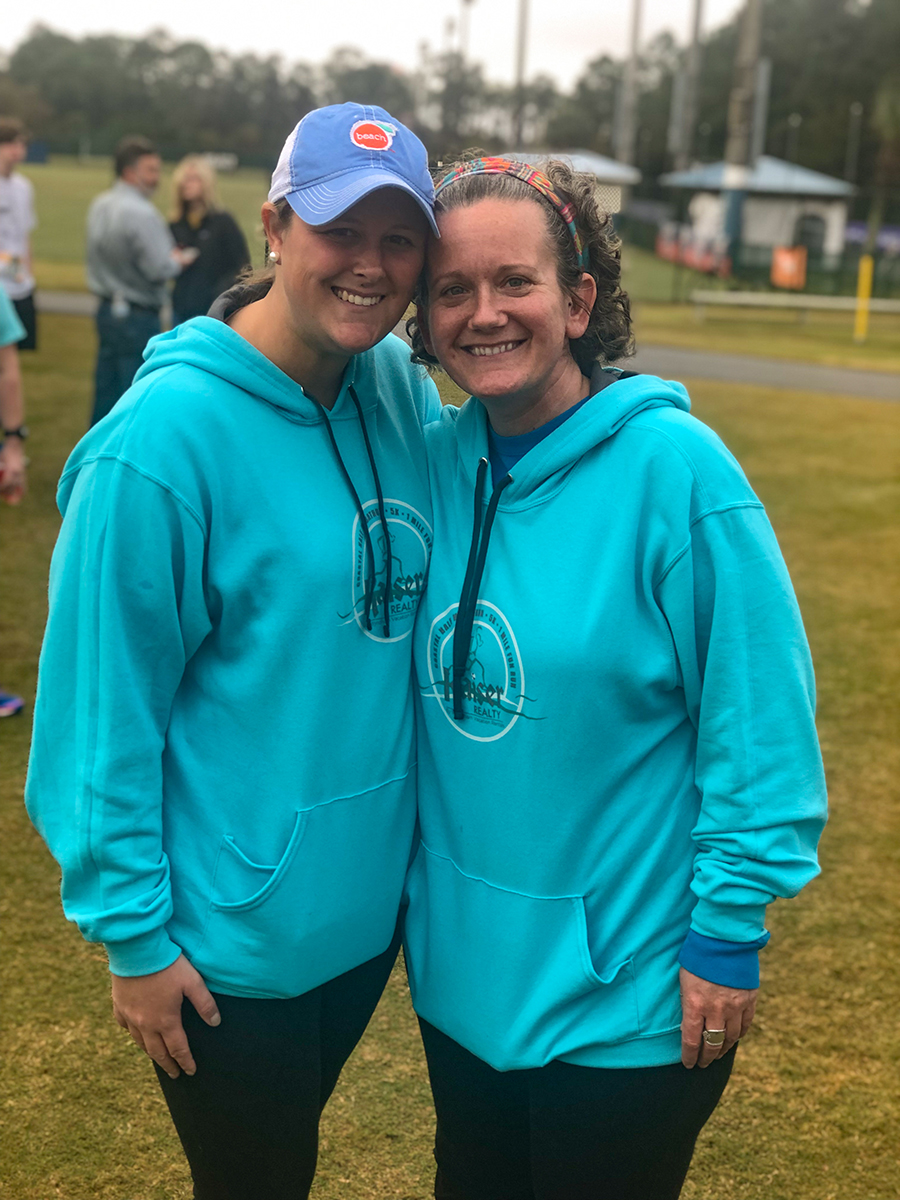 If you’re in the process of designing a volunteer incentive program, we recommend sitting down and trying to think of anyone you have seen trying to raise money in your community and reach out to those groups, such as:
If you’re in the process of designing a volunteer incentive program, we recommend sitting down and trying to think of anyone you have seen trying to raise money in your community and reach out to those groups, such as:
• Schools (high schools and colleges can be great places to look)
• Churches
• Local clubs/civic groups
• Parent/teacher organizations (PTO) within a school
• Sports clubs such as cheer organizations, soccer clubs, etc. who might be trying to raise money for group travel, training programs, etc.
Once you have identified the organizations, make outreach. Explain what you’re offering and the benefits. Note that you’ll be willing to help people find the jobs at events that would be suitable to their skill level and comfort zone.
If you are an event owner who might need volunteers coming into an area for a championship or other event, we recommend giving the sports commission or convention and visitors bureau as much lead time as possible. Advance notice is important as there are lots of things going on in our community and in the lives of the volunteer groups. I would recommend at least nine months advance notice – if not more. That gives the sports commission or CVB time to identify and put out the call to groups that might be able to help out. Remember that some volunteer positions for events may require special knowledge of that sport whereas other positions could be filled more easily by any willing volunteer.
Some of the most important things to identify going in are the following:
• Number of volunteers needed
• The various tasks people will need to perform
• Whether any certain skillset, knowledge or physical ability is needed for any of these tasks
• Dates and times volunteers will be needed – and where they’ll need to be located
• What will be provided to each volunteer (tee-shirt, meal, etc.)
• Specific location (and time) for volunteers to report for duty
• Anything they might need to bring with them (if they’re outside in the sun, for example, they might want a hat, sunglasses or sunscreen)
Make sure all these questions are answered going into the event, and that volunteers are aware of their responsibilities – and that they have the name of an overall contact, should they have any questions or problems in the course of carrying out their duties.
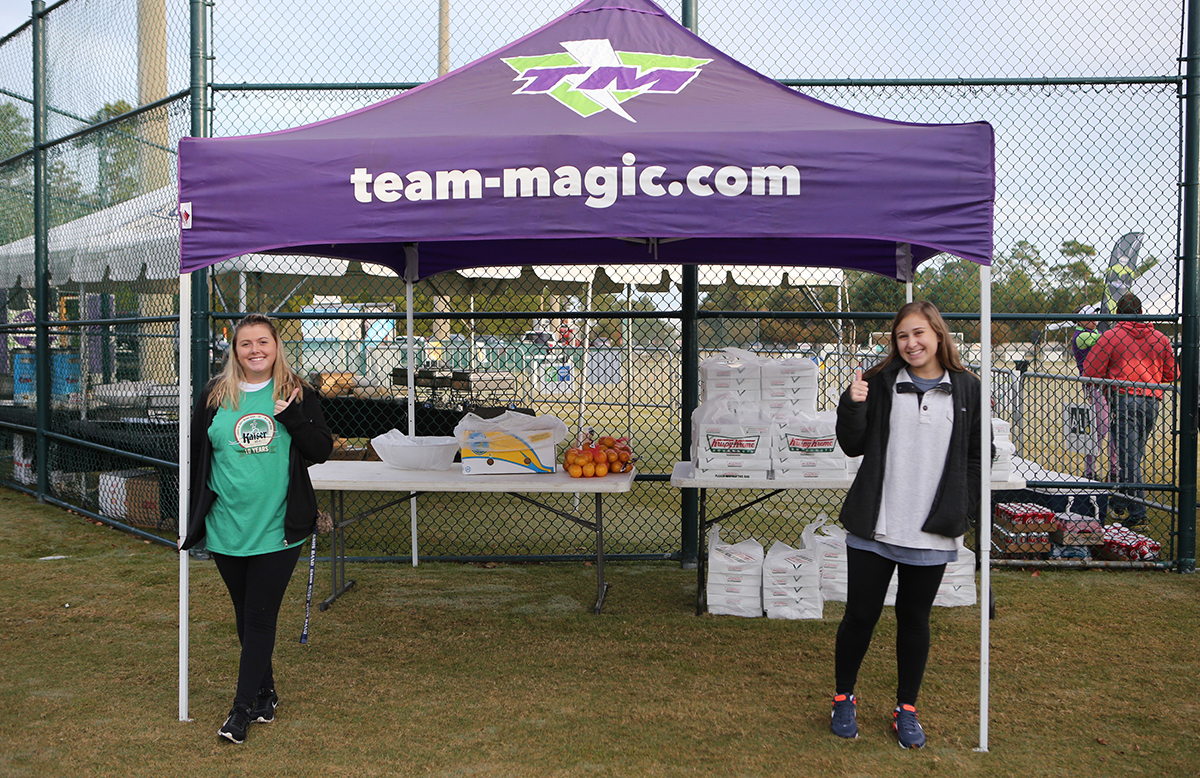 As a result of having worked with us for a while, we find that for most events, the volunteers will know their area of responsibility, time, date and contact well in advance. There really is no formal training, but we do ask that people show up ready to work. We provide instructions on-site and at their volunteer location.
As a result of having worked with us for a while, we find that for most events, the volunteers will know their area of responsibility, time, date and contact well in advance. There really is no formal training, but we do ask that people show up ready to work. We provide instructions on-site and at their volunteer location.
For a new event, with a new volunteer group, you will want to be a bit more specific. Don’t wait until the last minute to put together the information you need – volunteers won’t come in knowing what to do and you may not have time to tell them. The worst thing you can have is a volunteer who commits their time, then shows up at your event and is not given a place/job to volunteer. It generally means that person won’t come back because they didn’t feel they were necessary. In fact, they might have been very badly needed but because nobody spent the time to tell them what they needed to know, they felt like they were extraneous. Put in the extra time to educate volunteers, and to stay with them until you feel they are comfortable enough to work on their own. (Check back periodically to see if they need breaks, have questions, etc.)
When the event is over, make sure people know how grateful you are for their assistance. We have found in addition to the donation to their organization, simple gestures such as providing tee-shirts, food and recognition or a follow-up note go a long way in thanking volunteers for their service.
Many times, people are interested in seeing the competition. This is also a great way to help volunteers feel involved since seeing the finished product of an event they’re working on will make a big difference in the pride they take in their volunteerism as a whole.
Each event is different, and each event will have different needs in terms of volunteers. But by spending time on developing programs to inform and engage volunteers, you’ll reap the benefits of having an enthusiastic force of community members ready to help out and keep your event successful. SDM

